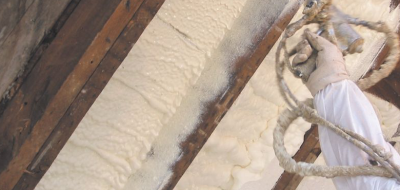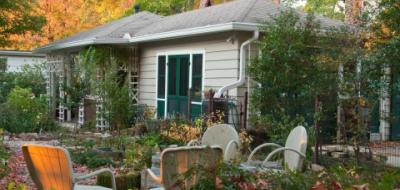You've just sat down with your family to watch a Friday night movie in the den when you notice a slight draft. Indeed, one-by-one your kids and spouse each grab a blanket in order to stay warm. You begin to wonder if the cause of the draft is the reason your energy bills have been so high. You have been noticing, after all, that the HVAC system seems to have trouble keeping up. Maybe it's time for an air leak test.
Even homes without obvious drafts can have hidden air leaks. The many tiny gaps and cracks in a home's thermal envelope (the barrier between the conditioned and non-conditioned space of a home) can add up to the equivalent of leaving the front door wide open year-round. Even when a home is well-insulated, these gaps and cracks present a problem, since insulation needs a tight air barrier in order to work properly.
We use the latest technology to discover cracks and leaks in your home. The FLIR infrared camera helps us see every draft, regardless of the season. The thermal imaging camera alerts us to different temperatures in the home, letting us know air infiltration has occurred.
We can then use the information we have gathered to find drafty areas of your home and address the problem by air sealing any and all cracks, gaps, or spaces where outdoor air can make its way inside your house or indoor air can escape.
Tighten up with our air sealing services.
E3 INNOVATE's air seal using FLIR packages address these air-leakage issues by sealing hard-to-reach areas like your attic and crawlspace as well as your windows, doors, and exterior wall switches. Not only will our air-sealing packages instantly make your house more comfortable, you'll also see immediate savings on your monthly utility bills. Air sealing has been shown to have an incredibly high return on investment, out-performing many stock portfolios. It's like getting paid to live in a more comfortable house.
Stop losing money and start feeling more comfortable today.
FAQs
What is a “building envelope"?
A building envelope is the area of a building that is inside its conditioned area. In a home, this typically includes all living areas and does not include crawlspaces or attics. For various reasons, it is often beneficial to bring an attic or crawlspace into the conditioned space or “envelope.”
Common Issues We Solve

We spend an immense amount of time (almost 90%) in our built environment, whether that be our homes, workplaces or schools.



